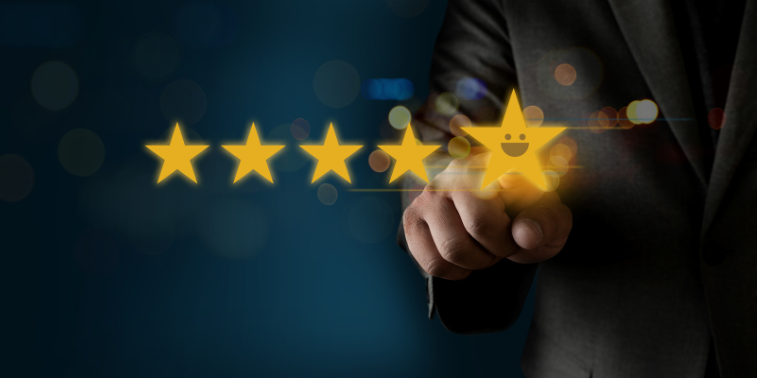February 12, 2016
We all are familiar with 404 Not Found Error Page as we have seen it many times while surfing the internet. But do you know about other error pages? Do you know what executes in the background, when these error pages arrive on your screen? Let’s discuss this subject in this composition.
Generally, in technical language, these figures are known as HTTP status codes, which conveys important information to the user. Using these codes in an appropriate manner, can lead you to have various advantages which include reduction in bounce rates, better ranking in search engine page results and impressive performance of the website.
4XX HTML Pages
400 – Bad Request Error Page
Whenever a user sends a request to the server and server is not able to understand it, then 400 Bad Request Error Page arrives on the user’s screen. In this case, the web server does not have any clue about how to process the request.
401 – Authorization Required Error Page
Whenever a user tries to access a password protected web page, then web server responds with a 401 Authorization Required Error Page. At once, 401 does not return the error page, but a pop-up arrives asking for the credentials. If the user fails to provide login credentials, then 401 error page comes up on the user’s screen.
403 – Forbidden Error Page
The 403 Forbidden Error Page encounter on the user’s screen, when the server understands the request clearly, but refuses to fulfil it due to some reasons. Neither it’s an authorization issue nor malformation. By providing the 403 Error Page, the server is clearly rejecting the user’s request without giving any explanation.
404 – Not Found Error Page
It is the most common error page, which many of the users found on the web. When a user request for a page which is not available on the requested location, then 404 Not Found Error Page appears on the user’s screen. Moreover, when a user makes typing mistake in the user, then the server responds with 404 HTML page.
There are many SEO professionals who claim that many 404 HTML pages can result in negative impact on the search engine ranking, but popular search engines like Google proves it wrong. Google states that 404s does not affect the website’s ranking, as they are treated as the normal aspect of a website. Some people reduce the number of 404s on their website, but they don’t know that this mechanism can lead to the increment in bounce rates.
There many starters in US, who seeks for detailed information about SEO. For those, many SEO experts are available in their city. One can easily connect with these experts while searching the web. For instance, search Austin SEO experts or Boston SEO experts, if you are living in Austin or Boston respectively.
408 – Request Time-Out Error Page
When a user sends a request to the server, and the server takes too long to process the request, then 408 Request Time-Out Error Page arrives on the screen. The reason can be heavy load either on the web host or on the user’s system.
410 – Gone Error Page
410 HTML page is very similar to the 404, as both of these reflects that server doesn’t find the requested page. The difference between these status codes, 404 expresses the possibility for the page somewhere on the server, but 410 indicates the permanent condition for non-availability of the web page.

Recent Posts
ARE YOU A LEADING SEO SERVICE PROVIDER?
Get listed in world's largest SEO directory today!
Directory listing counter is continuously increasing, be a part of it to gain the advantages, 10188 Companies are already listed.






























